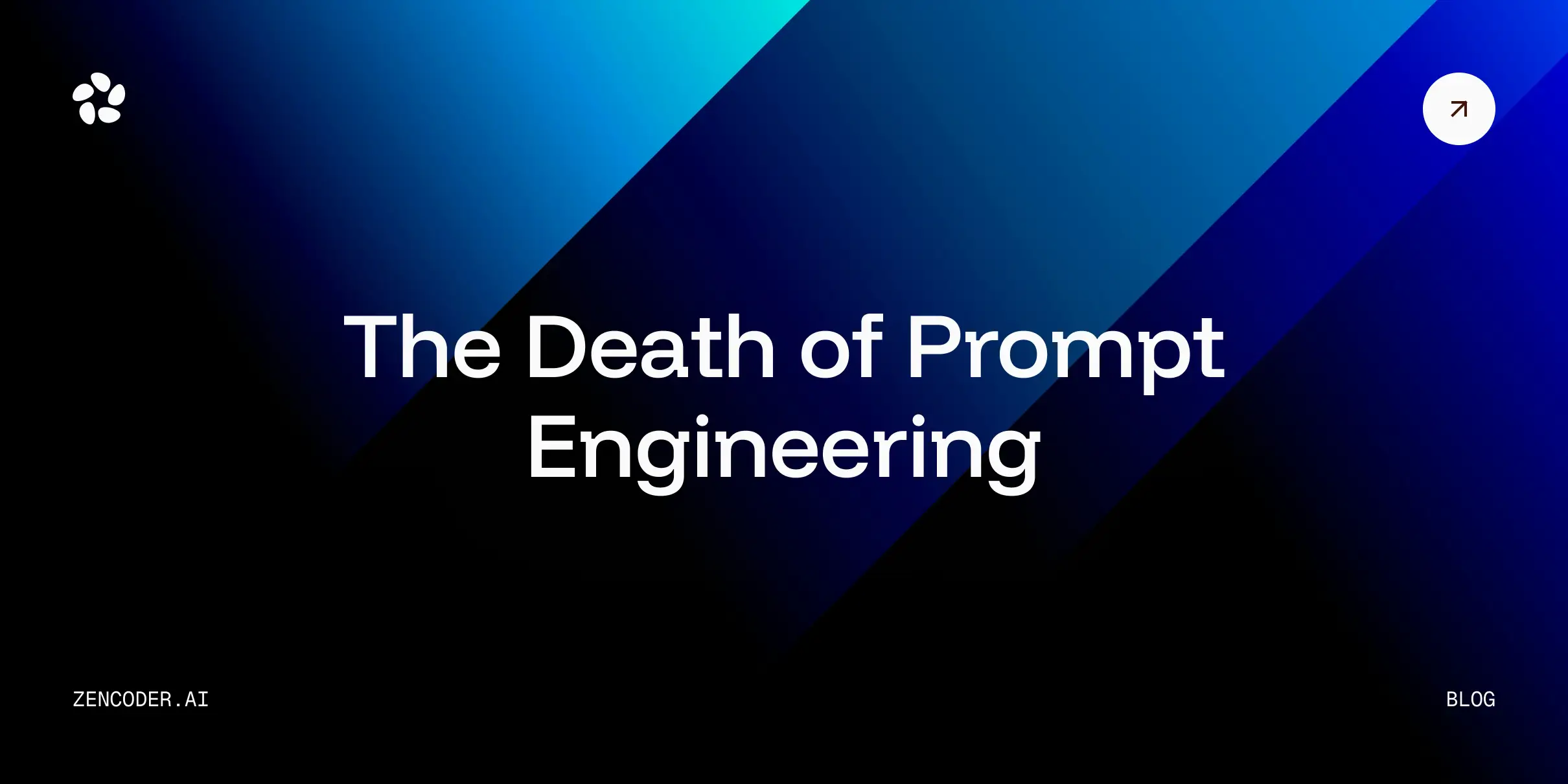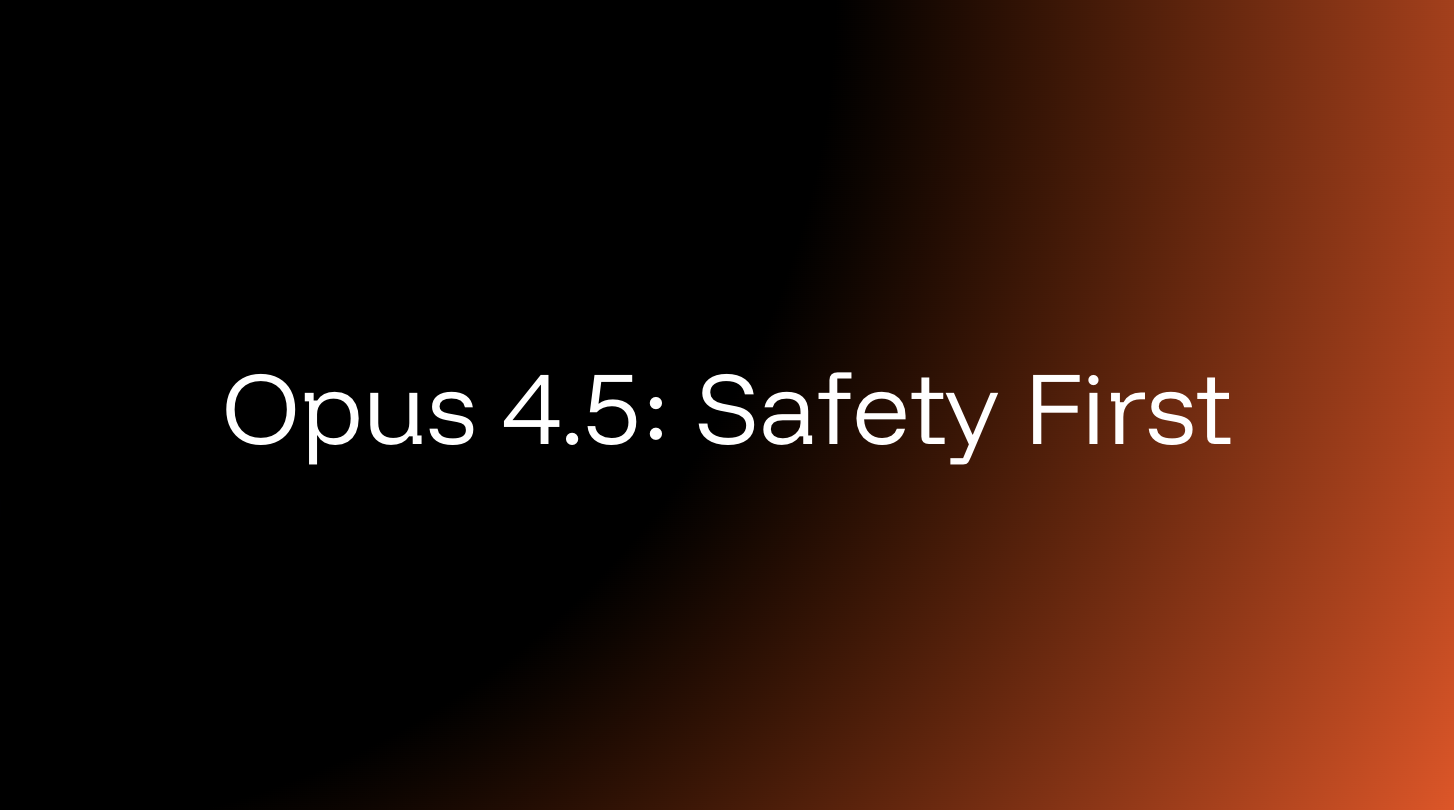The past year has been a whirlwind for software development. Generative AI gave every engineer superpowers overnight, and for a brief moment, speed felt infinite. With a few clever prompts and a little patience, developers could produce entire modules in minutes. Teams that once spent weeks building internal tools started shipping prototypes in an afternoon. The excitement was real, deserved, and overdue.
But beneath the excitement, a quiet and uncomfortable truth has been taking shape: vibe coding doesn’t scale.
Not for small teams, not for fast-growing tech companies, and certainly not for enterprises with decades of code and billions of dollars tied to software reliability.
The problem isn’t the AI models. They’re becoming extraordinarily capable.
The problem is our process.
AI Has Outpaced Human Engineering Discipline
Developers embraced AI as if it were a genie: you ask, it produces, and you hope the output is close enough to ship. For early experiments, this works. For production systems, this is a liability.
Teams tell me the same story everywhere I go: prompting gives them impressive bursts of speed, followed by painful inconsistency. The same prompt produces different results depending on mood, phrasing, model updates, or pure randomness. Every developer ends up with their own set of prompt rituals and hacks, and suddenly the organization is running on tribal knowledge rather than engineering standards.
You cannot build a reliable software organization on vibes.
Why Specs Matter More in the AI Era
Traditional engineering has always relied on structure.
We were trained to write clear specifications, document intent, articulate constraints, and think in systems rather than fragments. A spec is not a bureaucratic artifact — it’s the backbone of predictable engineering. It’s how teams align on “what” before they break ground on “how.”
AI needs that backbone even more than humans do.
A prompt tells an AI what you’d like.
A spec tells an AI what it must do.
The difference is profound.
When a model receives a well-structured specification — one that describes requirements, constraints, edge cases, architecture rules, acceptance criteria, and how the output will be validated — the quality of its reasoning changes. The model stops improvising. It stops hallucinating. It stops wandering into implementation ideas that conflict with your system. It becomes grounded, consistent, and dependable.
Specs Make AI Reproducible
Anyone leading a modern engineering organization knows the pain of drift: the way an AI-generated component can subtly change behavior without explicit instruction, or how a seemingly simple refactor can break assumptions across services. Specifications reduce that uncertainty. They become the single source of truth that governs how AI contributes to your system, not just once, but over and over.
Teams using Zencoder across large codebases often describe the same experience: AI output that initially felt unpredictable becomes stable, repeatable, and aligned to long-term architectural intent once the work is anchored in specs and verification steps. Deep code understanding combined with structured intent brings order to what was previously chaos.
A New Engineering Workflow
For decades, the developer workflow was simple: write code, test it, review it, ship it. AI broke this cycle by inserting a new layer — generation. Many teams treated generation as a linear replacement for writing code. But the real transformation happens when generation is woven into a system of orchestration driven by specifications.
The emerging workflow is clear:
define the spec → guide the AI → verify the output → ship confidently
This workflow doesn’t slow developers down — it accelerates them.
Instead of fighting drift or rewriting half of what the AI produced, engineers spend their time refining intent, reviewing clean PRs, and ensuring correctness. The AI becomes reliable because the process becomes reliable.
Enterprises Already Know This
Some of the world’s largest financial institutions, telcos, and software services organizations have embraced this shift faster than anyone else. When you oversee hundreds of repositories, thousands of developers, or mission-critical legacy systems, vibe coding is not just inefficient — it’s dangerous.
Specifications offer them what prompting cannot: an enforceable contract.
They aren’t replacing engineers.
They’re replacing risky, ad-hoc workflows with disciplined AI-powered systems that produce quality at scale.
The Bottom Line
We are leaving the era of prompt experimentation and entering the era of AI engineering.
Spec-Driven Development is not a trend.
It is the foundation of AI-First Engineering.
Teams that embrace it will ship cleaner software, move faster with fewer errors, and eliminate the unpredictability that plagues vibe coding. Teams that don’t will spend more time fixing AI-induced mistakes than accelerating innovation.
The future of engineering belongs to those who can design systems, articulate intent, and orchestrate intelligent agents with clarity and precision.
Vibe coding was a moment.
Spec-Driven Development is the movement.
.jpeg)


